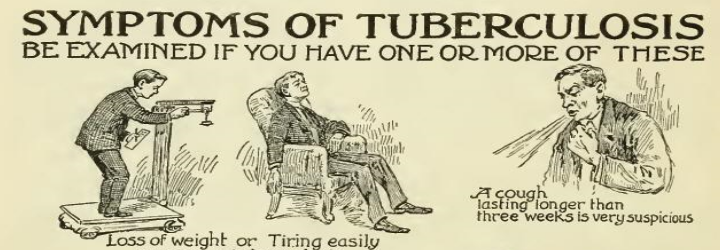I have decided to start a sub-series on Medtiquity entitled “Root Confusion.” Here, I will seek to deconstruct and deconvolute certain sets of classical roots, viz., roots that are aurally related (sound similar) or orthographically related (spelled similarly). Aurally related roots may or may not be related by etymology, and can, as you might imagine, have wildly different meanings.
Aural
Origin: Latin, auris (ear)
Pertaining to hearing
Orthography
Origin: Greek, ortho– (straight) + graphe (writing/drawing)
Straight writing, i.e., correct spelling
I would be making a grave understatement if I were to say that an understanding and internalization of classical roots is important, not only for the fun of etymology, but for the rigorous use and understanding of words in both colloquial & formal speech and writing. In addition, one can often divine the meaning of an unfamiliar word with classical roots alone. With that, my inaugural Root Confusion entry is on the following two roots:
Chromo-
Origin: Greek, khroma (color)
Chrono-
Origin: Greek, khronos (time)
Both roots are spelled with the Greek letter Χ (chi) and sound similar with the exception of one letter: an “m” as opposed to an “n.” A few fancy words that involve these roots include chromoception (perception of color) versus chronoception (perception of time). Another cool word with chromo– is a staple of analytical chemistry:
Chromatography
Origin: Greek, chromo- (color) + graphe (writing/drawing)
Color writing, referring to the classic paper chromatography that separates colors
Left, classic paper chromatography; right, liquid chromatography
A clarification is needed regarding the relation between the root khronos and the Titan Kronos. Kronos (no “h” after “k”) is spelled with the Greek letter κ (kappa), and he is the father of the Olympian god Zeus. Note, however, that Khronos (with “kh”) is spelled with Χ and classically refers to the personification of time. Later mythology (during the Renaissance) conflates this Khronos with Kronos, and the combined entity became known as Father Time, a deity who wields a scythe during the harvest season.
What are some cool words that involve the roots chrono- and chromo-? Leave a comment and let me know!

























